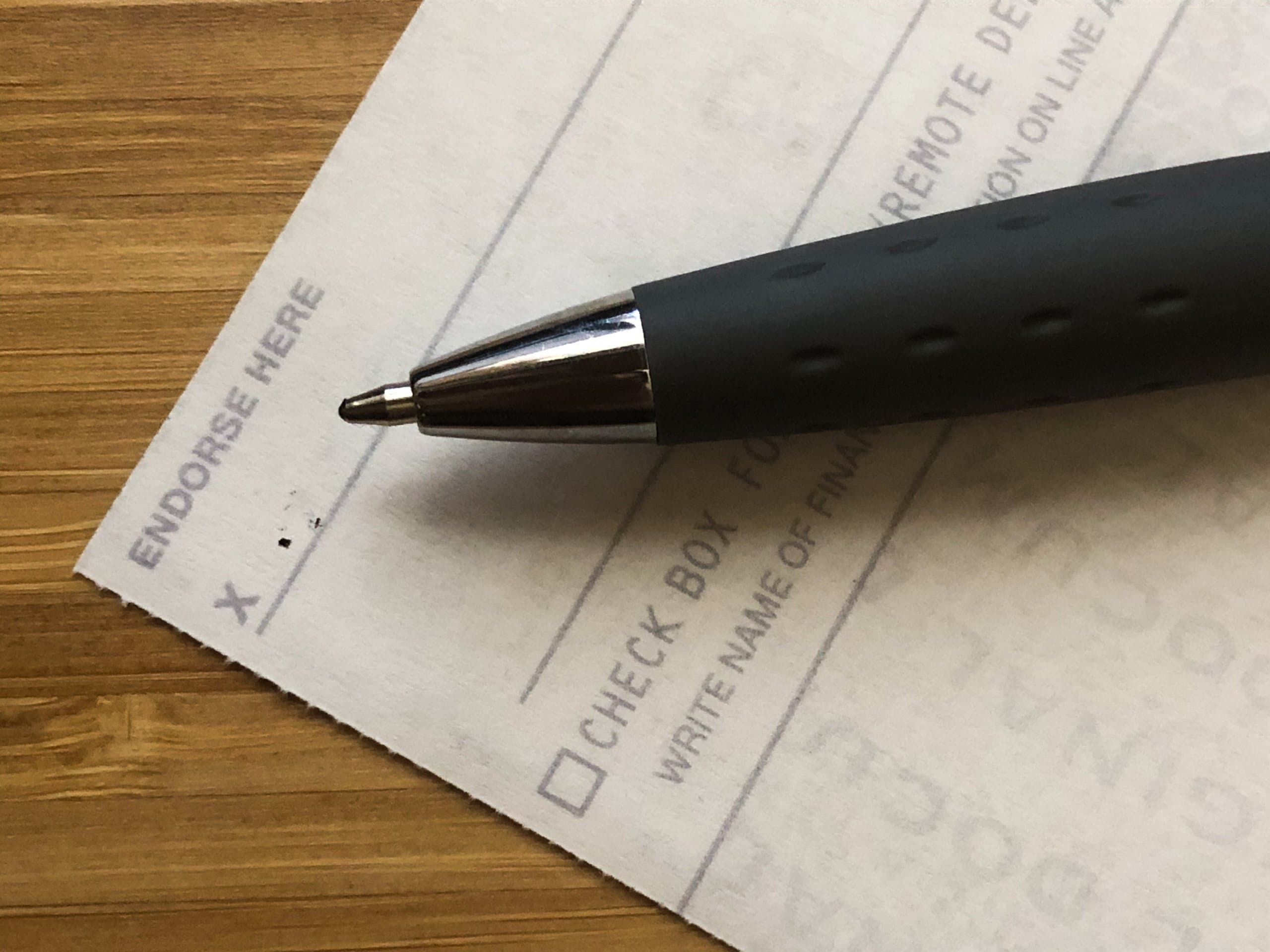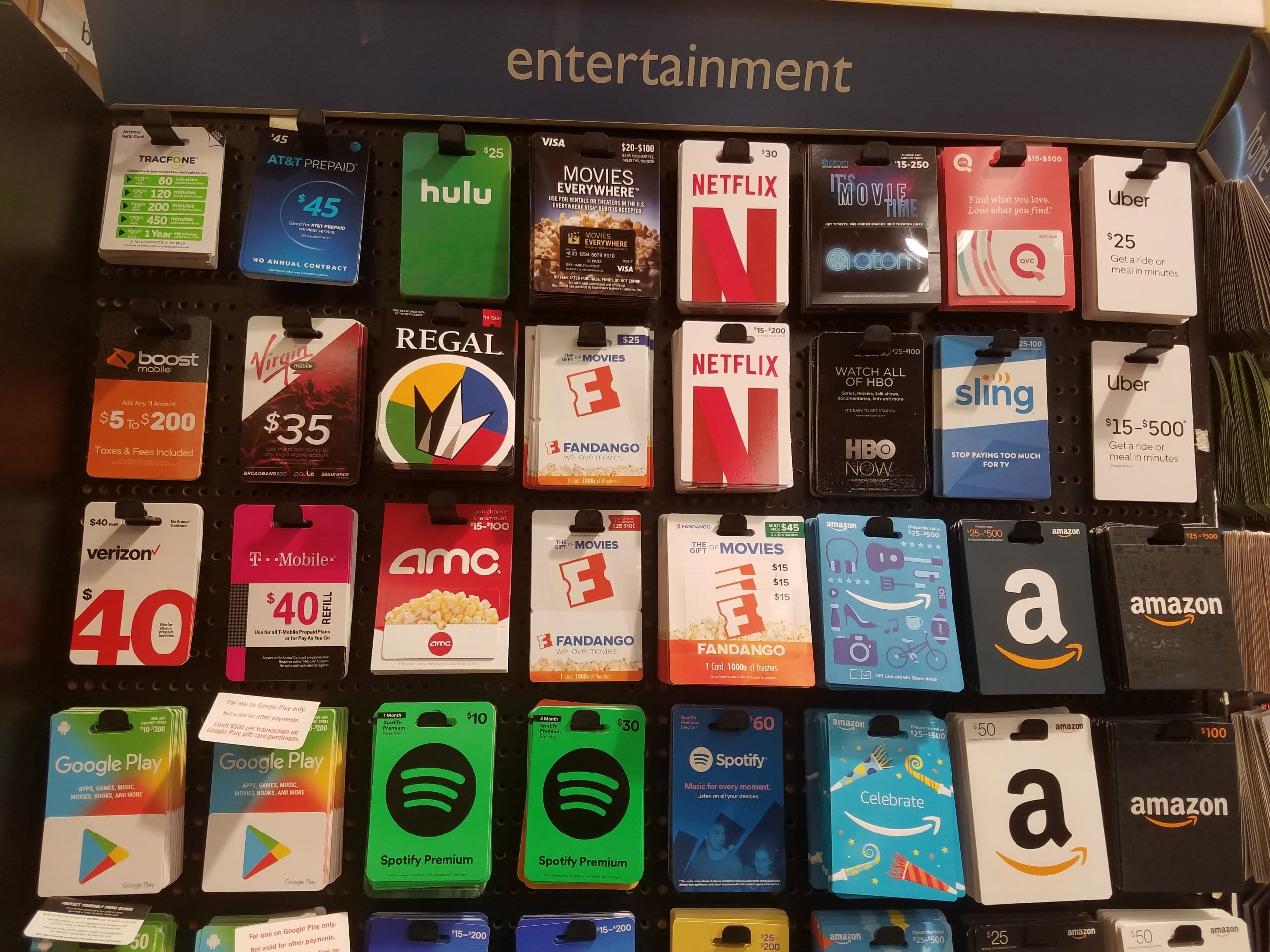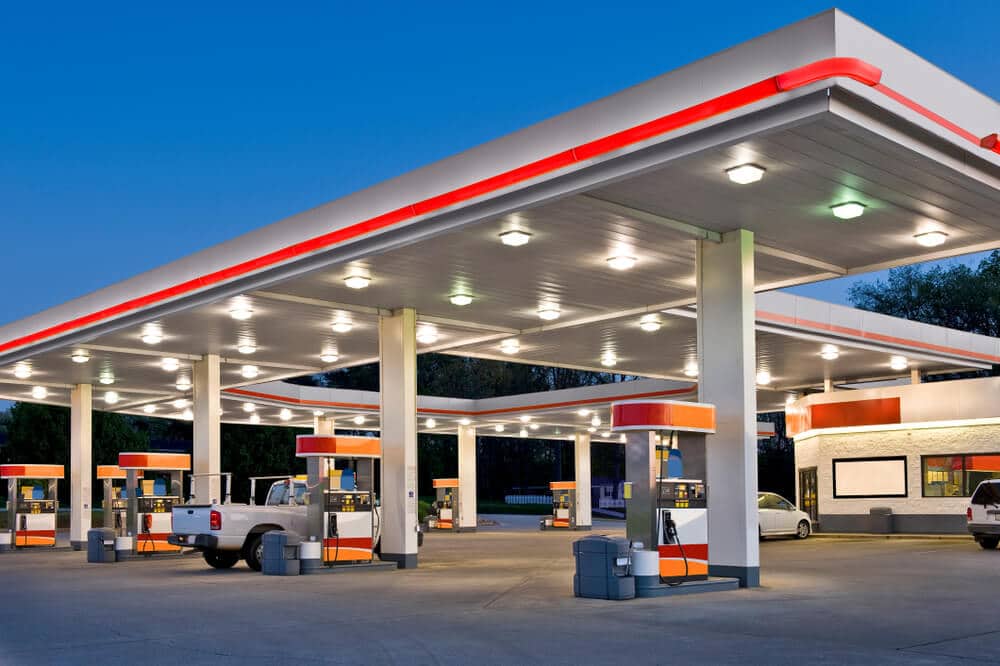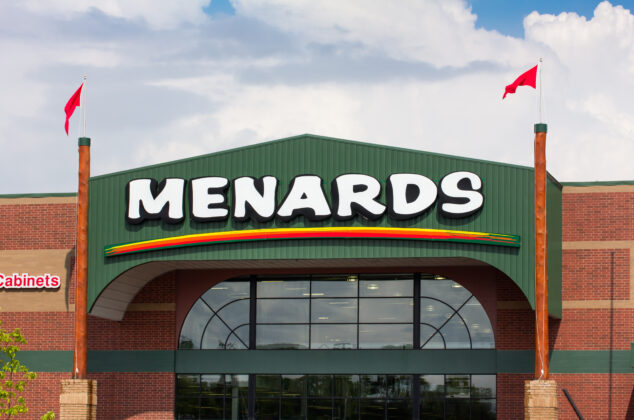A two-party check is also known as a multi-party or joint check; it is written to two people rather than one (for example, Bob Jones and Carol Smith rather than just Bob Jones).
Cashing a two-party check is similar to cashing a standard check, but it includes a few extra steps and requirements to verify both payees.
Below, we explain what you need to know before cashing a two-party check, plus exactly how to cash it.
Two-Party Check FAQ
Your handling of a two-party check will depend largely on one thing: whether the two payee names are connected by “or” or “and.” We provide answers about how this difference affects your check below.
We gathered this information by contacting the customer service departments of check cashing locations, including Chase Bank, Check Into Cash, Fifth Third Bank, and Walmart.
Can You Cash a Two-Party Check Without the Other Person?
Answer: Yes, but only if the payee names are connected by “or”
If a two-party check is written to “[Person 1] and [Person 2],” both parties must be present to cash the check.[1][2]
However, “[Person 1] or [Person 2]” means that either person can cash the check on their own.[3]
Can You Cash a Two-Party Check With Only One Signature?
Answer: Yes, but only if the payee names are connected by “or”
If the payee names are connected by “and,” banks and other check cashing locations will require both payees to endorse the check.[1][2][4][5]
Financial institutions require both signatures to confirm that both parties have agreed to cash the check or deposit it into a particular account.
If the check reads “[Person 1] or [Person 2],” either party can usually sign the check and cash it; the signature of either person will be considered valid.
However, note that some banks still prefer that both parties endorse and appear to cash the check.[1] You can contact your intended bank or check cashing location ahead of time to confirm its policies.
Can You Deposit a Two-Party Check Into Your Bank Account?
Answer: Yes, with restrictions
You can deposit a two-party check into a bank account, but doing so may not be as simple as depositing a standard check.
Based on our contact with various large U.S. banks, policies for this typically fall into one of two categories:
- Either party can deposit the check into their individual bank account as long as both parties endorse it.
- Both payee names must be on the bank account, meaning you would need a joint account to deposit the check.
Again, you might find that this varies depending on whether the two names are connected by “or” or “and.” It is best to contact the bank where you wish to deposit the check to find out its policy before visiting.
How to Cash a Two-Party Check
Step 1: Find out where to cash two-party checks (as previously reported). Not all places that cash checks will allow two-party checks due to their increased risk of fraud. Check cashing places sometimes set limits on how large of a check you can cash, so you’ll also want to be sure to find a place with a limit higher than the amount of your check.
Step 2: Determine who must cash the check. See whether the check is written to “[Person 1] and [Person 2]” or “[Person 1] or [Person 2].” Check your chosen cashing location’s policy on who must appear to cash the check.
Step 3: Gather the required materials. At a minimum, you’ll need to show a photo ID when cashing the check. Some check cashing locations also require a membership card, account number, or store loyalty card.
Step 4: Endorse the check. Following the guidelines described in our FAQ above, one or both payees may need to endorse the check. Remember that “and” requires two signatures and “or” may require one or two. See the following video for examples:
Step 5: Visit the check cashing location. Hand the check over to the cashier along with any photo IDs or other requirements. Remember that both parties should be present and have their IDs on hand if the check is written to “[Person 1] and [Person 2].”
Step 6: Pay the fee (if applicable). Check cashing fees vary depending on which location you visit. At a bank, you may be able to cash a two-party check for free or may pay a fee of up to around $8. Elsewhere, fees vary widely — sometimes even by location within the same chain — and may be a percentage of the check amount or a flat fee (as previously reported).
Step 7: Receive the funds. If you cash the check, you’ll receive cash in hand immediately. If you deposit the check, it may take one or more days to clear and will appear as “Pending” on your account until it processes.
 Lindsey Desmet
Lindsey Desmet


 William Lipovsky
William Lipovsky



